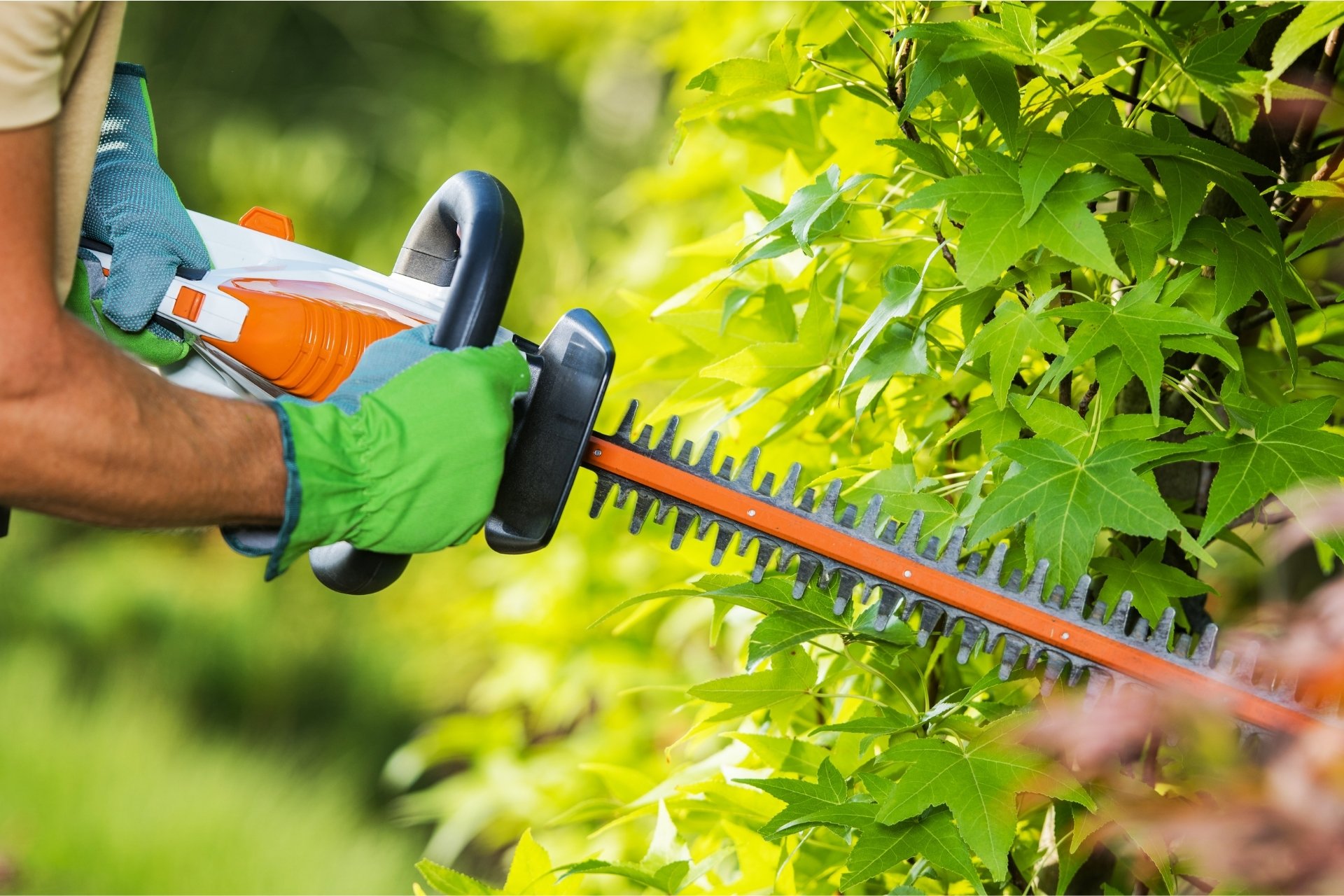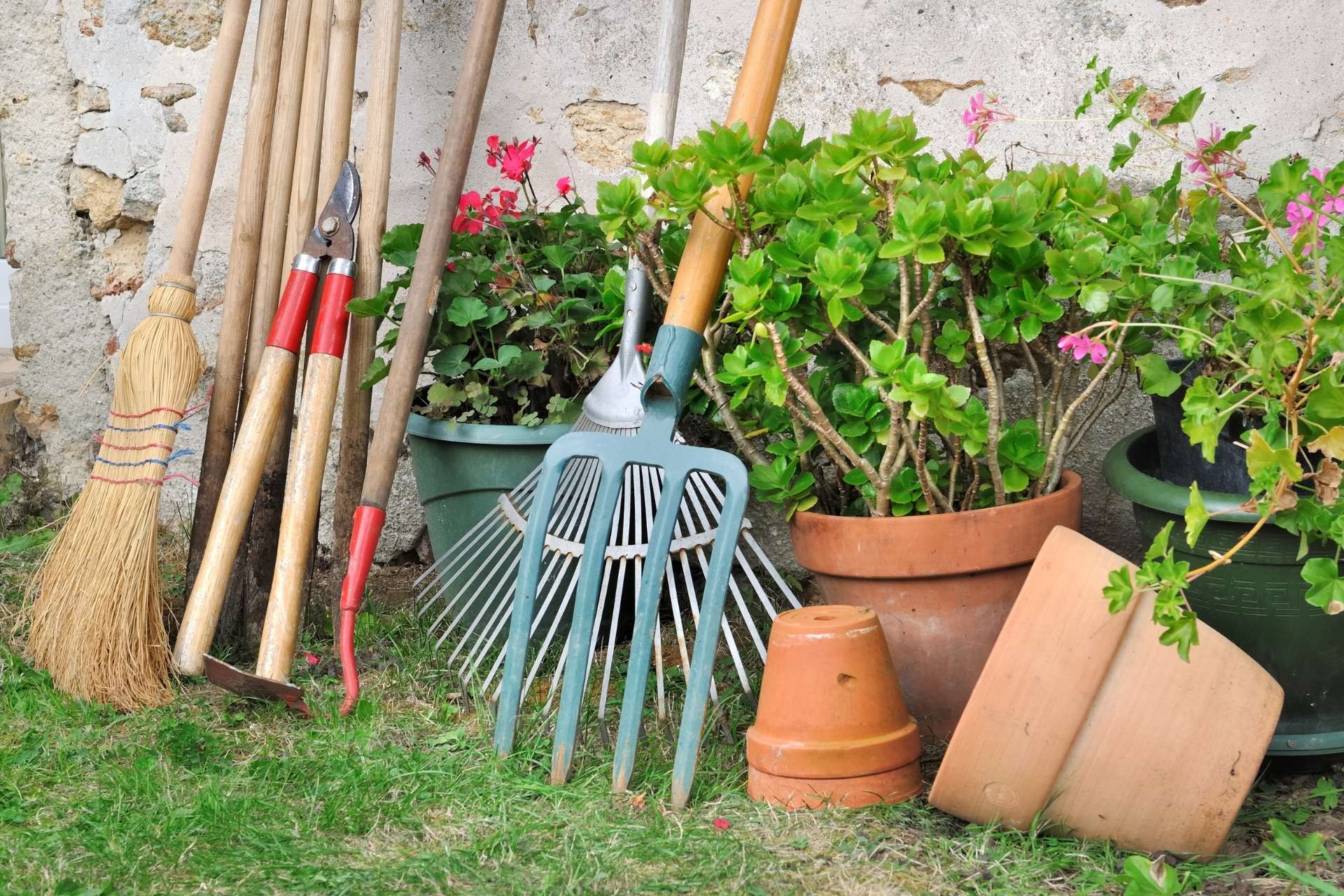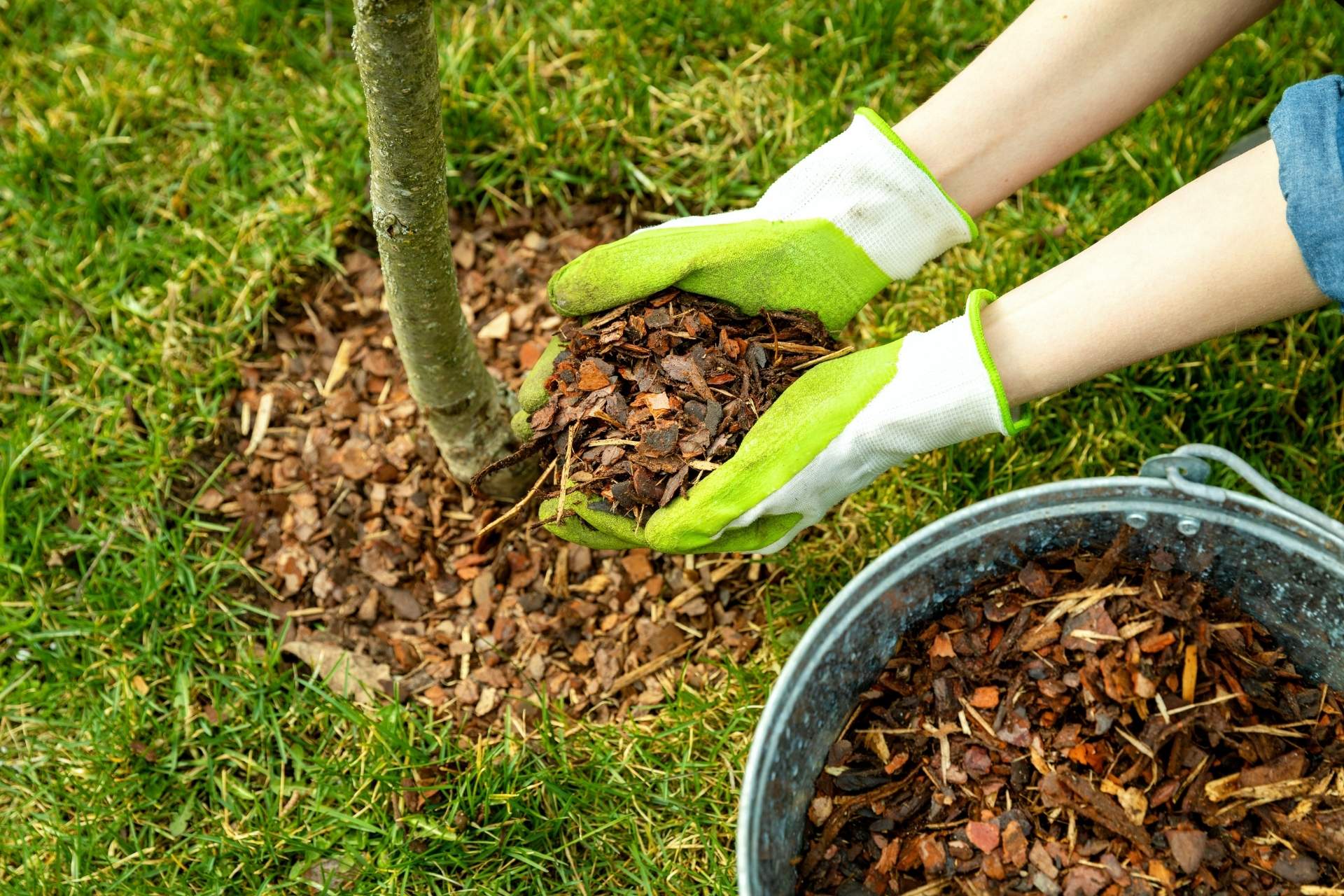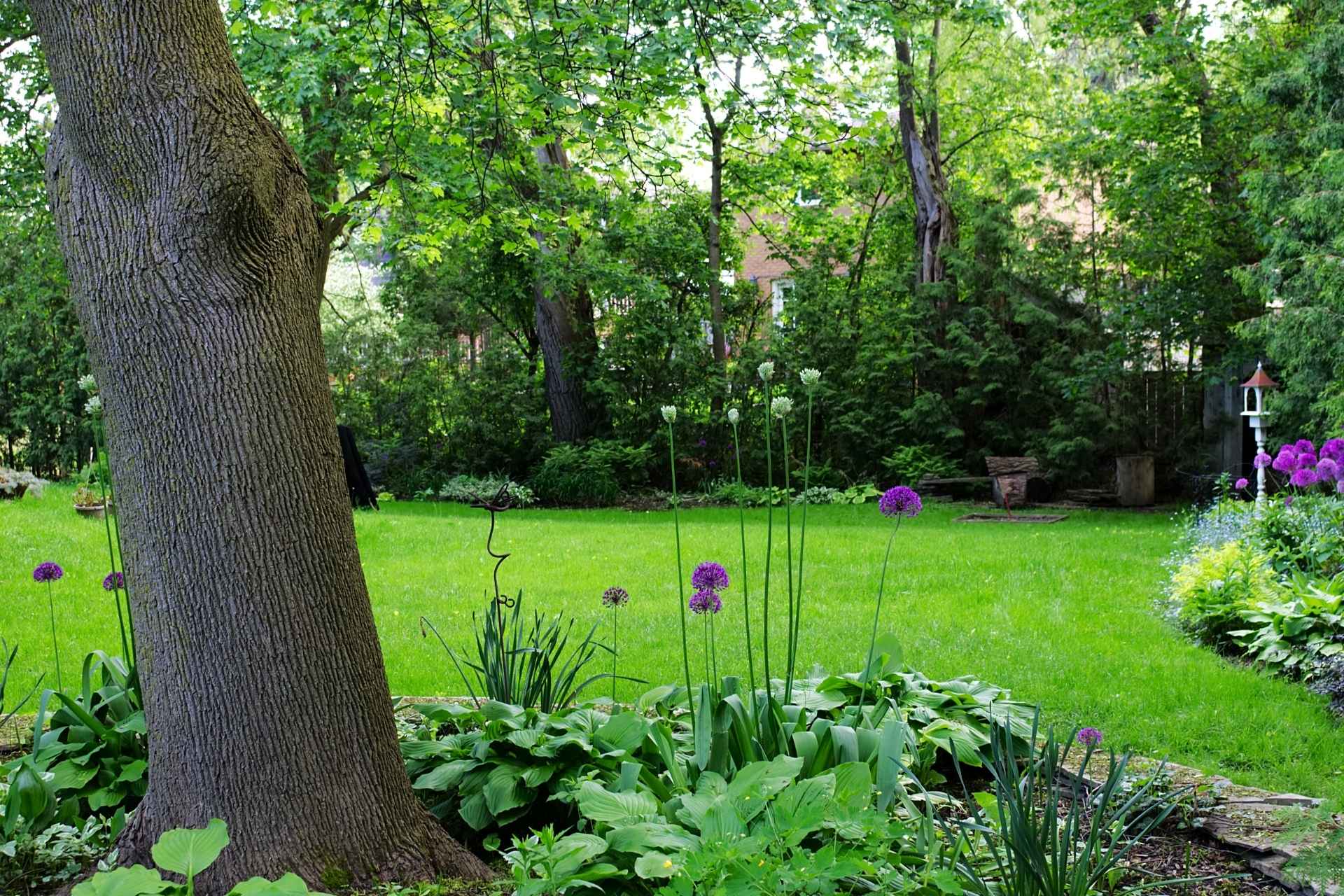Hedge Maintenance in Illawarra: Expert Tips for Shape, Height & Density

A well-maintained hedge can be a stunning feature: crisp lines, lush fullness and defined boundaries. But to achieve and sustain that, you need more than a quick snip now and then. In this guide, we’ll walk you through everything you need to know about hedge trimming, hedge care, and managing garden hedges in the Illawarra and broader New South Wales region—delivered in a clear, trusted voice, just like we do at Brooksie’s Lawn Care.
Why Proper Hedge Maintenance Matters
Before diving in, let’s set the scene. In the Illawarra, our climate—mild winters, warm humid summers, and occasional dry periods—means hedges can grow quickly, struggle with stress or fungal disease, or become leggy if not pruned right. A neglected hedge not only looks messy, but it can become weak, lose density at the base, or harbor pests.
Maintaining shape, controlling height, and preserving density all contribute to:
- Improved aesthetics and property value
- Better wind and privacy barriers
- Healthier growth and disease resistance
- Reduced long-term trimming effort
With that in mind, let’s get into the “how.”
Correct Trimming Frequency: When & Why to Trim
Seasonal Rhythm in Illawarra
In the Illawarra region, hedge growth follows a predictable seasonal rhythm influenced by rainfall, temperature, and humidity.
- Spring is the most active growth period, with warm weather and regular rain driving rapid shoot development, it’s the ideal time for more frequent hedge trimming every six to eight weeks.
- During summer, growth remains steady, especially if you keep up with watering and mulching. Plan trims roughly every eight to ten weeks, and try to avoid cutting back heavily during extreme heat.
- As autumn arrives, growth slows slightly but remains consistent, making it a good time to tidy up the hedge before winter. A trim every eight to twelve weeks usually maintains the shape and density well.
- In winter, growth slows right down. One or two light trims are usually enough to keep the hedge neat until spring returns.
By aligning your hedge care routine with the seasons, you’ll encourage healthy, even growth and reduce the need for heavy corrective pruning later.
Signs It’s Time to Trim
Rather than a timer, look for visual cues:
- Tops of plants catching sun and yellowing
- Branches growing out beyond the intended line
- Loss of density near the base
- Flowers or seeds obstructing paths or views
When branches protrude outside your ideal shape, it's time to clip.
Over-Trimming Risks
Too frequent or severe trimming can stress plants, especially in the Illawarra heat:
- Exposing inner wood to sun, causing dieback
- Forcing too much fresh growth during drought
- Weakening the root system from repeated shock
Always trim conservatively—never more than ⅓ of new growth in a single cut.
Hedge Shaping Tools & Techniques
To deliver crisp edges, uniform height, and dense growth, the right tools and technique are everything. Below is our breakdown of best practices tailored to our region.
Tools You’ll Need
- Hand hedge shears / manual secateurs — For light trimming, shaping small hedges, detail work.
- Powered hedge trimmers (corded or cordless) — Ideal for medium to large hedges, for straight cuts.
- Pole hedge trimmers / extension tools — To reach tall hedges safely without ladders.
- Lopping shears / pruning saw — For thicker branches (25 mm+).
- String line / taut nylon guide — For straight horizontal or vertical lines.
- Measuring stakes or timber rails — Helps maintain consistent height.
- Protective gear — Gloves, eye protection, long sleeves.
Always keep blades sharp, clean, and lightly oiled to reduce disease transmission and produce sharp cuts.
Techniques for Shape, Height & Density
Straight Lines & Flat Faces
- Use string or rails to guide height or side faces.
- Start trimming from the bottom: push out horizontal cuts, keeping the base slightly wider than the top (a gentle taper) to allow light in.
- Work from centre outward to avoid overcutting the edges.
- After major shaping, use finer cuts to refine edges.
Encouraging Density
- Pinch or trim tips during the growing season to promote branching.
- Light feathering (angled cuts) of outer shoots helps eliminate rigid edges and encourages inward growth.
- Avoid cutting too deep into old wood—most hedges won’t regenerate from bare stems.
Controlling Height
- For hedges taller than you can reach: use a pole trimmer, step ladder, or hire professionals like us.
- Always keep your top cut flush and straight—don’t leave undulations.
- After trimming, step back and sight along the top for consistency.
Clean Up & Aftercare
- Remove clippings promptly to avoid smothering lower growth.
- Check soil moisture before watering. After trimming, give your hedges a light drink only if the soil is dry below the surface. This helps settle the soil and support recovery without over-saturating the root zone.
- In Illawarra’s heavier clay soils, overwatering can lead to root rot or fungal stress, so aim for consistent, moderate moisture rather than deep soaking.
- Consider a light feed with a balanced fertiliser to help recovery, especially if growth has slowed.
- Monitor newly trimmed hedges for any signs of stress, pests, or fungal disease — early detection helps maintain long-term hedge health.
Hedge Species for Illawarra Gardens
Choosing the right hedge species is as important as the trimming itself. For Illawarra conditions (coastal zones, variable rainfall, some frost inland), these hedges tend to perform reliably:
Top Species Recommendations
- Tristaniopsis laurina (Lilly Pilly / Kanooka)
- Evergreen, dense foliage, attractive bark, coastal tolerant
- Responds well to regular trimming
- Great for medium to high hedges (2–4 m)
- Evergreen, dense foliage, attractive bark, coastal tolerant
- Westringia fruticosa (Coastal Rosemary)
- Hardy, low maintenance, tolerates salt spray
- Maintains dense growth with care
- Good for hedges 1–2.5 m
- Hardy, low maintenance, tolerates salt spray
- Photinia × fraseri ‘Red Robin’
- Glossy leaves, red new growth, popular in gardens
- Moderate to fast growing, requires regular trimming to keep neat
- Glossy leaves, red new growth, popular in gardens
- Lonicera nitida (Box honeysuckle / “Brazil” hedging)
- Fine texture, suitable for lower hedges (0.5–1.5 m)
- Great for formal edges and shapes
- Fine texture, suitable for lower hedges (0.5–1.5 m)
- Clerodendrum ivorense / Hedera (Ivy hedging / screening)
- Useful in shaded or difficult areas
- Requires careful pruning to prevent overrun
- Useful in shaded or difficult areas
- Callistemon / Melaleuca species
- Australian natives, tolerate Illawarra soils
- Require less formal trimming—ideal for informal, flowering hedges
- Australian natives, tolerate Illawarra soils
Matching Species to Purpose & Height
For low, formal borders up to 1.5 metres, compact forms of Westringia fruticosa or dwarf Lilly Pilly varieties are great choices. They’re hardy, tidy, and easy to shape.
For medium hedges around 1.5 to 3 metres, go for Photinia ‘Red Robin’, Syzygium smithii, or Tristaniopsis laurina. These provide dense, consistent growth and respond well to regular trimming.
For taller privacy or windbreak screens, species like Melaleuca, Callistemon, Scolopia braunii, or Streblus brunonianus thrive in Illawarra’s coastal climate and need little maintenance once established.
For feature or flowering hedges, mix natives such as Callistemon, Westringia, or Melaleuca and keep trimming lighter to preserve blooms.
When choosing, consider your soil drainage, sun and wind exposure, the hedge’s purpose, and how much care you’re prepared to give — the right match makes maintenance easier and growth healthier.
Best Practices & Troubleshooting
Soil, Water & Nutrition
Healthy roots support lush hedge growth:
- Ensure well-drained soil—Illawarra clay may require improvement with organic matter
- Water young hedges regularly until established
- Mulch the base to conserve moisture and suppress weeds
- Use balanced slow-release fertilisers in spring to support summer growth
Pest, Disease & Stress Management
- Watch for scale insects, aphids or fungal spots—treat early
- Remove dead wood or cross-branching stems when trimming
- Avoid trimming during extreme heat or drought—stress can lead to dieback
- After large cuts, mist or shade vulnerable areas if sun exposure is harsh
When to Call in Professionals
- For hedges above safe ladder height
- When heavy structural pruning is required
- For topiary, complex shaping, or restoration of overgrown hedges
- To save your time
Hedge maintenance is a blend of art and science: knowing when to trim, using the right tools, shaping with purpose, and choosing species suited to the Illawarra climate. Do it well, and your garden hedges will deliver form, privacy, and value for years.
Brooksie’s Lawn Care offers pruning & hedging services that maintain your garden’s best look year-round. If you’re in Wollongong, Shellharbour, Kiama, or anywhere across the Illawarra, we can help you keep your hedges clean, shapely and thriving. Contact us today for a free consultation or hedging quote, and let us bring out the best in your garden!



